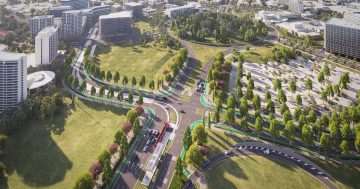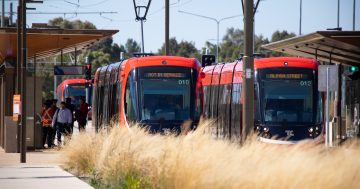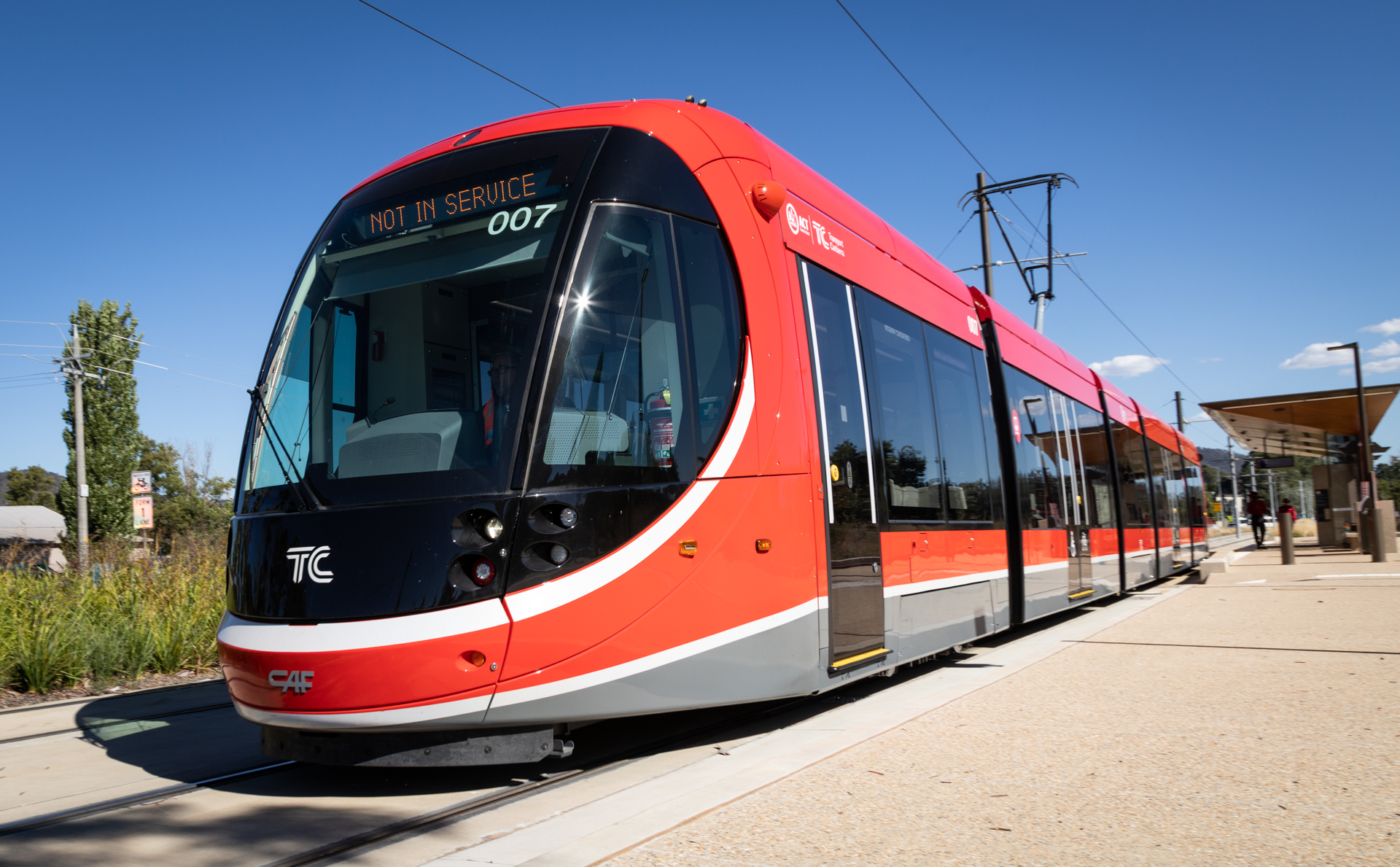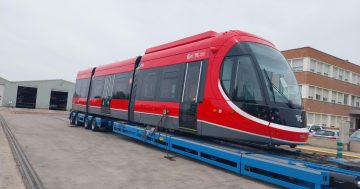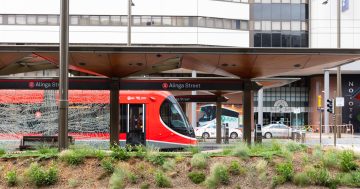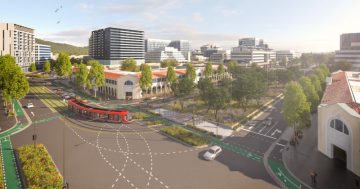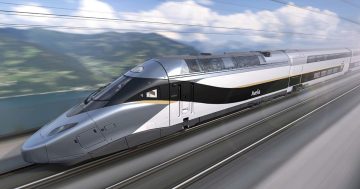The long awaited business case for the light rail line from Civic to Gungahlin has been released. At a media only event at the Gallery of Australian Design, the Chief Minister released the Business Case and the EOI simultaneously. Prospective tenderers have until mid December to prepare their bids.
The Capital Metro project has tremendous support from Canberra’s community and will deliver enormous benefits to the city for the next five decades. It is a significant infrastructure investment.
Construction is expected to begin in the first half of 2016 with services expected to start in 2019. Up to 3500 jobs will be created by this project.
In the business case, there was mention that an extension from Civic to Russell could be added to Stage 1.
www.actlightrail.info/2014/10/capital-metro-business-case-released.html
A full report, and a list of relevant documents is available from ACT Light Rails website.
Damien Haas
Chair, ACT Light Rail












